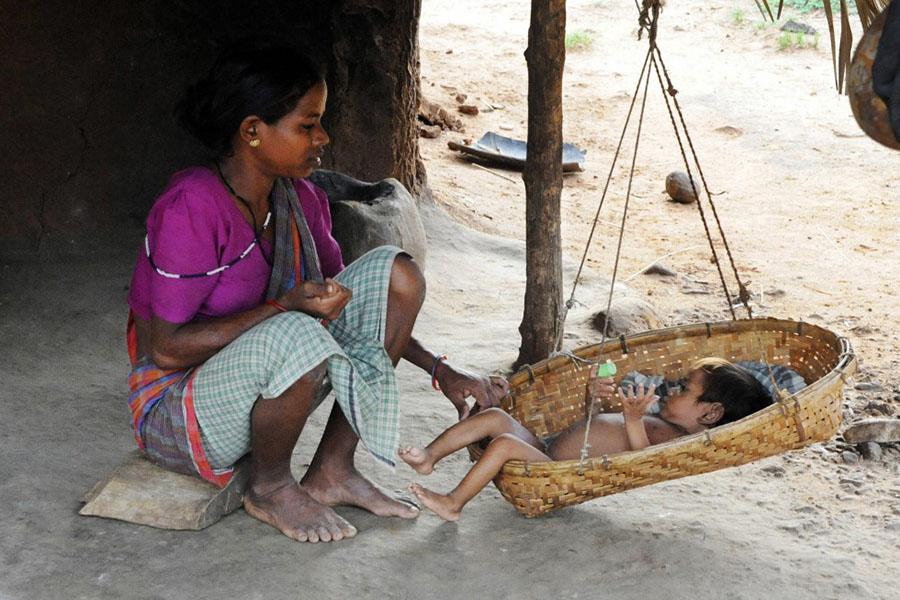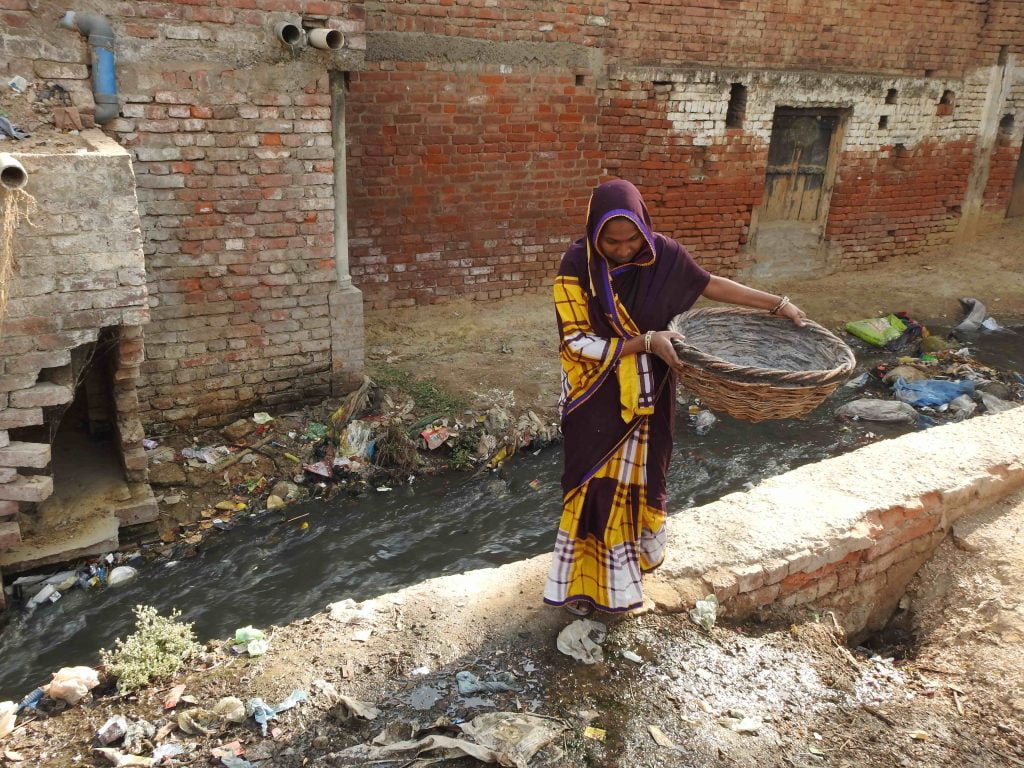The wide prevalence of anaemia is especially not only confined to India but also central and West Africa. Despite scientific advancements, anaemia is still a challenging issue in India. Following the Global Nutrition Assessment 2016, India has been placed at 170th out of 180 in terms of women suffering from anaemia. It encapsulates India’s failure to curb chronic malnutrition. Those who are falling the worst victim, are socially and economically marginalised.
Socio-economic backwardness, unequal distribution of resources and the like lead to food insecurity that fosters nutritional deficiencies and poor health that further pave the way for anaemia, a condition in which the body lacks healthy red blood cells.
Who is anaemic in India?
| Women ( Age group of 15-49 years) | 57% |
Pregnant women (Age group of 15-49 years) | 52.2% |
| Adolescent girls | 59.1% |
Adolescent boys | 31.1% |
Men (Age group of 15-49 years) | 25.0% |
| Children | 67.1% |
The survey that was carried out between 2019 and 2021 by the National Family Health Survey-5 showed the alarming prevalence of anaemia among Indians. Among these, women, adolescent girls and children constituted the highest percentage (57 per cent and 67 per cent respectively). Not surprisingly, Dalit-Adivasi women are the worst victims.
Chronic food insecurity which means the non-availability of considerable income and resources at the household level to access basic nutritious food, is higher among the marginalised women.
It must be taken into account that the prevalence of anaemia became a major concern in 2000, but with time, it got worse. Despite growing national and international consciousness of the increasing burden of anaemia in India and the adoption of preventive measures by the Indian government, people are still anaemic on a large scale, especially women and children.
Why do Dalit and Adivasi women have a high prevalence rate of anaemia?
A woman from a socially and economically marginalised community who becomes pregnant has already resorted to malnourishment as a result of the intersection of class, caste, and gender. They face chronic food insecurity and do not have significant access to nutritious food. During the pandemic, in the name of ‘Free ration,’ rice was specifically distributed to the marginalised which is not a nutritious diet.

From a medical perspective, malnourishment can negatively affect pregnant women because, during the period of delivery, iron deficiency results in excessive blood loss and postpartum haemorrhage that leads to a high mortality rate for both a mother and a child. In India, Iron deficiency is the main cause of anaemia.
Adivasi women’s limited access to forests fosters their malnourishment. Green leafy vegetables are a rich source of Iron. It can be procured from forest foods. According to Al Jazeera, the mention of Roshnara Mohanty, an activist from Ekta Parishad NGO touches upon malnourishment. She is of the view that Adivasi women’s access to forests prevents them from being intergenerationally malnourished. As access to forests decreased, tribal people started migrating to towns in pursuit of economic opportunities, and they became casual labourers. Moreover, the report further mentions that “56 per cent Dalit and 59 per cent tribal women are anaemic.”
In fact, as per studies published by the National Institutes of Health, marginalised women have a “double burden“: Working outside the home as a little wage earner and inside the home as an unpaid labourer. That is the reason, they do not have enough time to go to health centres and get checked up for anaemia. It shows how gender norms affect women.
The prevalent caste norms in India even determine what upper and lower-caste people are consuming. Variations in eating culture decide one’s socio-economic status. A vegetarian is deemed pure and a non-vegetarian as violent. From a historical point of view, Brahmins had access to land and food grains. They created a three-fold food order: Satvik, Rajasik and Tamasik. Vegetables and dairy products made up satvik, were restricted to upper-caste people and tamasik included the cheapest meat beef and tobacco to low-caste people.
In short, choices in food were accorded to Brahmins and Kshatriyas. For instance, Dalits are not supposed to consume ghee (a rich source of Vitamins A, D, K and E, essential for a good immune system and brain functioning) as per the caste norms. In 2012, Upper-caste people attacked the Dalits of Chakwara, Rajasthan for using ghee.
The lifespan of Dalit-Adivasi women is shorter than that of the dominant caste
According to a United Nations Woman Report, “A Dalit woman dies 14 years younger than an upper caste woman.” Not surprisingly, it is a woman’s caste that determines the mortality rate. However, Dalits and upper-caste women have similar mortality-related factors such as poor sanitation and limited water supply. Still, the former has a shorter lifespan. The plight gets worse when she is a scheduled caste and landless. She is forced to become an informal labourer under poor working conditions.

A 2022 published study in the Population and Development Review estimated, life expectancy based on data collection gleaned from the National Family Health Surveys and Sample Registration Surveys between 1997-2000 and 2013-2016. It concluded that SCs and STs have a lower life expectancy than upper-caste people.
There is also an impact of capitalism that stimulates cutting down forests and laying out industries. Deforestation is making Adivasi women and children malnourished. Due to the escalation in the use of chemicals, crops are no longer nutritious.
Some more factors must be explicitly looked upon. Dalit women constitute the primary workforce as sanitary workers. Even though manual scavenging is officially banned. In 2019, 54,000 active duty scavengers and women made up 90 per cent were officially contracted for menial jobs such as cleaning sewers without proper arrangement. It needs to get connected to food security in such a way that Dalit women must be paid equivalent to their intensive labour to feed themselves and their families with nutrition. It gets even more intensified when ‘discrimination,’ exists within a ‘patriarchal Dalit household ’ where women are supposed to consume ‘leftover,’ food after male members of the family. Dalit women’s nutrition is again compromised.
We all need to remember what Dr B.R. Ambedkar said, “I measure the progress of a community by the degree of progress which women have achieved.” Consumption of nutrition and nourishment helps improve body and brain functioning. The discarding of the socio-economic disparity paves the way for the nourished population for India’s development and growth as a progressive entity.
Despite the official recognition of anaemia in India and the launching of the Anemia Mukt Bharat (AMB) Program in 2018 to reduce the prevalence of anaemia, it is still a challenge to India’s development. As a result of inflation and stagnation in incomes, people, especially the marginalised eat less and low-quality food.
About the author(s)
Nashra Rehman finds her profound interest in addressing the plight of Muslim women and their unappreciated marginalisation. Her focus remains on bringing a novel argument to life.





